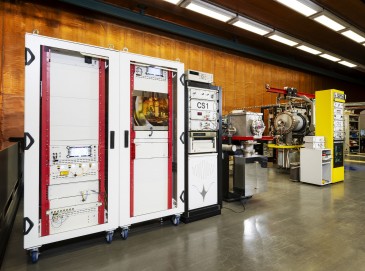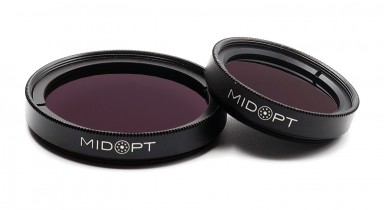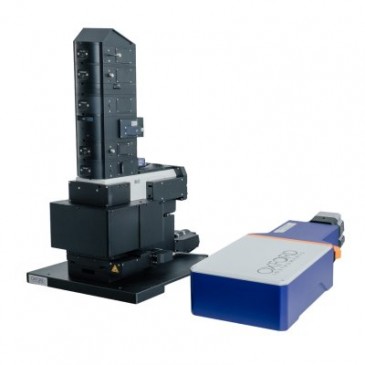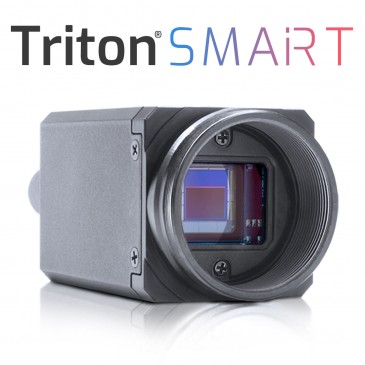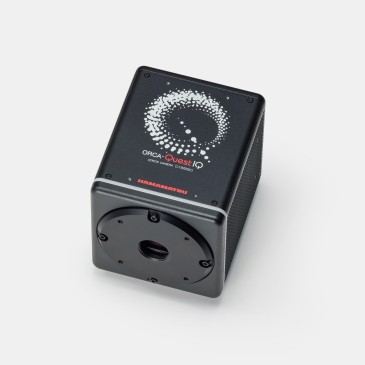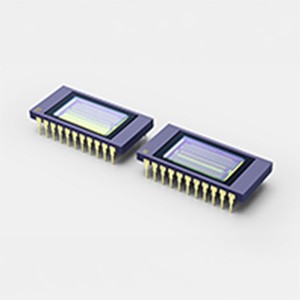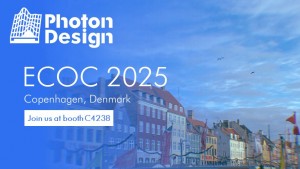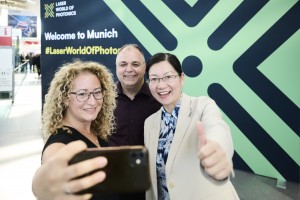
The United Nations Educational, Scientific and Cultural Organization’s (UNESCO) announced its decision to adopt a resolution declaring 2015 the International Year of Light. The Executive Board of UNESCO, which consists of member countries Ghana, Mexico, New Zealand, and the Russian Federation, adopted the resolution 18 October at its 190th session in Paris.
In addition to the unanimous passage by the Executive Board, more than two dozen other nations signed on in support of the resolution. The European Physical Society (EPS) has been working with partners and supporters, including OSA, to gain approval by the United Nations to declare 2015 the International Year of Light. The adoption last week by UNESCO paves the way for approval by the full UN general assembly.
The Optical Society of America (OSA) voiced its support for the declaration. “We are very pleased that UNESCO has supported the resolution for the International Year of Light,” said OSA CEO Elizabeth Rogan, who serves on the International Year of Light’s Advisory Board. “Having the support of a prestigious body like UNESCO will help raise global awareness of the importance of optics and photonics. OSA looks forward to participating to increase public understanding of light-based technologies and advance our vibrant field with this program.”
The International Year of Light is being organized to communicate the importance of light and optical technologies in our lives, for our futures, and for the development of society. The program will consist of coordinated activities in science, education, and development, across four themes:
1. Science of Light: Addressing how studying the fundamental scientific properties of light impacts widely on all fields of science, technology and engineering.
2. Tools for the Future: Highlighting particular examples of light as an enabling technology in medicine, biophotonics, communications and energy, as well as exciting emerging applications in the study and preservation of cultural heritage.
3. Light for Development: Promoting light-based technology to improve the quality of life, such as alternative energy, agricultural applications, disease prevention, and water purification.
4. Pioneers of Light: Recognizing and highlighting the human stories of the historical figures behind the science of light and their groundbreaking contributions.
The International Year of Light is supported by a growing number of partner societies, commissions, and centers, including OSA, the American Physical Society, the Institute of Physics, the International Commission on Optics, SPIE, and many others.
The first step in the process to a formal U.N. declaration occurred in November 2011 when the General Assembly of the International Union of Pure and Applied Physics (IUPAP) passed a resolution supporting the program. As a result, the proposal then went on UNESCO’s agenda for its 190th session last week.
In addition to the Executive Board support, other co-signatories of the resolution included:Angola, Bangladesh, Brazil, Burkina Faso, China, Congo, Cuba, Djibouti, Ecuador, Ethiopia, Gabon, Gambia, Kenya, Indonesia, Italy, Malawi, Nigeria, Peru, the Republic of Korea, Saudi Arabia, Spain, Thailand, Tunisia, the United Arab Emirates, the United States of America, Venezuela, and Zimbabwe. Other Member States of UNESCO who declared support for the initiative were Hungary, Serbia and South Africa.
The last official step is to formally propose the resolution to the entire UN General Assembly, which will make a final declaration, expected late next year













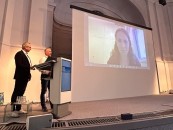






















 Back to News
Back to News
